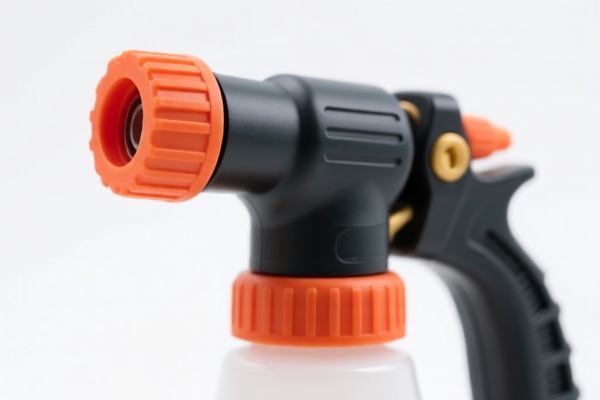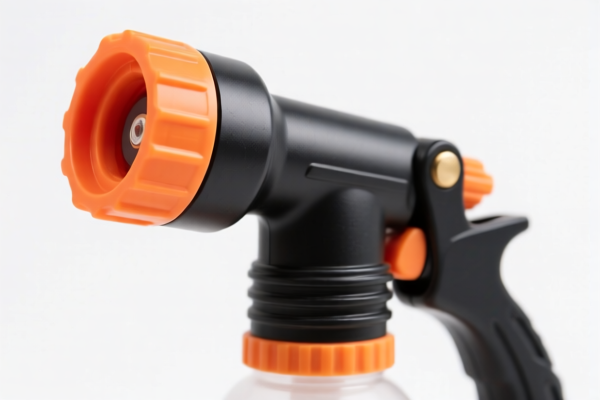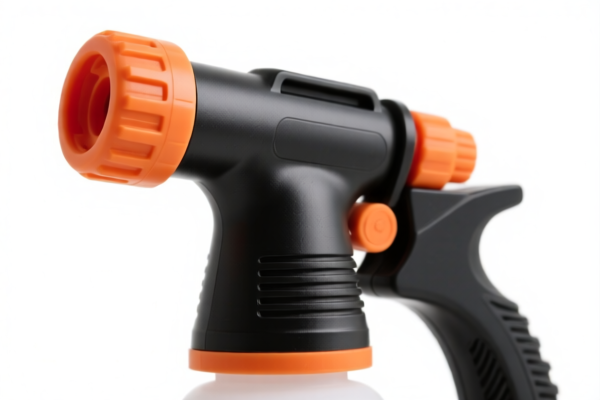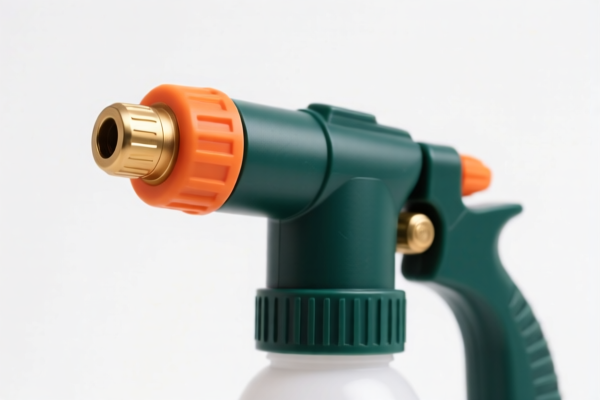| HS Code | Official Doc | Tariff Rate | Origin | Destination | Effective Date |
|---|---|---|---|---|---|
| 3923300090 | Doc | 58.0% | CN | US | 2025-05-12 |
| 7010905005 | Doc | 55.0% | CN | US | 2025-05-12 |
| 7310290055 | Doc | 80.0% | CN | US | 2025-05-12 |
| 7419801500 | Doc | 58.0% | CN | US | 2025-05-12 |
| 8424411000 | Doc | 55.0% | CN | US | 2025-05-12 |




Okay, let's break down the HS codes you've provided for "SPRAYER BOTTLE" and discuss the implications for customs clearance. I'll provide a structured analysis, focusing on understanding the classifications and potential tax liabilities.
Understanding HS Codes: A Quick Primer
HS codes (Harmonized System codes) are internationally standardized codes used to classify traded products. The first 6 digits are generally consistent worldwide, while additional digits are used for more specific classifications at the country level. Here's how to interpret them:
- Chapter (First 2 digits): Broad category of goods.
- Heading (First 4 digits): More specific grouping within the chapter.
- Subheading (First 6 digits): Even more detailed classification.
- Additional Digits: Country-specific for further refinement.
Analysis of Your HS Codes
Here's a breakdown of each code, its meaning, and potential considerations:
1. 3923.30.00.90 – Articles for the conveyance or packing of goods, of plastics; stoppers, lids, caps and other closures, of plastics: Carboys, bottles, flasks and similar articles Other
- Chapter 39: Plastics and articles thereof.
- Heading 3923: Articles for the conveyance or packing of goods, of plastics. This is a common classification for plastic bottles, containers, and closures.
- Subheading 3923.30: Stoppers, lids, caps and other closures, of plastics.
- Tax: Base Tariff: 3.0%, Additional Tariff: 25.0%, Total Tariff: 58.0% (as of now). Important: This will increase to 30% additional tariff after April 2, 2025.
- Considerations: This code is suitable for plastic spray bottles. Please confirm the exact plastic material used (e.g., HDPE, PET, PP) as this can sometimes influence classification.
2. 7010.90.50.05 – Carboys, bottles, flasks, jars, pots, vials, ampoules and other containers, of glass, of a kind used for the conveyance or packing of goods; preserving jars of glass; stoppers, lids and other closures, of glass: Other: Other containers (with or without their closures) Of a capacity exceeding 1 liter: Having a mouth with an outer diameter of
- Chapter 70: Glass and glass articles.
- Heading 7010: Carboys, bottles, flasks, jars, pots, vials, ampoules and other containers, of glass.
- Subheading 7010.90: Other containers.
- Tax: Base Tariff: 0.0%, Additional Tariff: 25.0%, Total Tariff: 55.0% (as of now). Important: This will increase to 30% additional tariff after April 2, 2025.
- Considerations: This code is for glass spray bottles. The capacity exceeding 1 liter and mouth diameter specification are important. Verify these dimensions match your product.
3. 7310.29.00.55 – Tanks, casks, drums, cans, boxes and similar containers, for any material (other than compressed or liquefied gas), of iron or steel, of a capacity not exceeding
- Chapter 73: Iron or steel articles.
- Heading 7310: Tanks, casks, drums, cans, boxes and similar containers, of iron or steel.
- Subheading 7310.29: Other containers.
- Tax: Base Tariff: 0.0%, Additional Tariff: 25.0%, Total Tariff: 80.0% (as of now). Important: This will increase to 30% additional tariff after April 2, 2025.
- Considerations: This code is for stainless steel containers. This is likely not applicable unless your spray bottle is made of stainless steel and meets the specific criteria (refillable, pressurized, statistical note 1).
4. 7419.80.15.00 – Other articles of copper: Other: Containers of a kind normally carried on the person, in the pocket or in the handbag
- Chapter 74: Copper and articles thereof.
- Heading 7419: Other articles of copper.
- Subheading 7419.80: Other.
- Tax: Base Tariff: 3.0%, Additional Tariff: 25.0%, Total Tariff: 58.0% (as of now). Important: This will increase to 30% additional tariff after April 2, 2025.
- Considerations: This code is unlikely to be applicable unless your spray bottle is made of copper and is designed to be carried on the person.
5. 8424.41.10.00 – Mechanical appliances (whether or not hand operated) for projecting, dispersing or spraying liquids or powders; fire extinguishers, whether or not charged; spray guns and similar appliances; steam or sand blasting machines and similar jet projecting machines; parts thereof: Agricultural or horticultural sprayers: Portable sprayers: Sprayers (except sprayers, self-contained, having a capacity not over 20 liters)
- Chapter 84: Nuclear reactors, boilers, machinery and mechanical appliances.
- Heading 8424: Mechanical appliances for projecting, dispersing or spraying liquids or powders.
- Subheading 8424.41: Agricultural or horticultural sprayers.
- Tax: Base Tariff: 0.0%, Additional Tariff: 25.0%, Total Tariff: 55.0% (as of now). Important: This will increase to 30% additional tariff after April 2, 2025.
- Considerations: This code is for sprayers used in agriculture or horticulture. This is likely the most appropriate code if your spray bottle is designed for these applications.
Recommendations & Next Steps
- Material Confirmation: Crucially, confirm the exact material of your spray bottles (plastic type, glass type, steel type, etc.). This is the biggest factor in determining the correct HS code.
- Capacity & Dimensions: Verify the capacity and mouth diameter of your bottles to ensure they match the specifications of the chosen code.
- Intended Use: Clarify the intended use of the spray bottles (agricultural, horticultural, general purpose, etc.).
- Self-Contained vs. Not Self-Contained: Determine if the sprayer is self-contained (has its own reservoir and pump) or requires an external source of liquid and pressure.
- April 2, 2025 Tariff Changes: Be aware of the upcoming tariff increases and factor them into your cost calculations.
- Consult with a Customs Broker: I highly recommend consulting with a licensed customs broker in China. They can provide expert guidance on HS code classification and ensure compliance with all relevant regulations.
Disclaimer: I am an AI assistant and cannot provide definitive customs classification advice. This information is for general guidance only. Always consult with a qualified customs professional for accurate and up-to-date information.
Customer Reviews
No reviews yet.